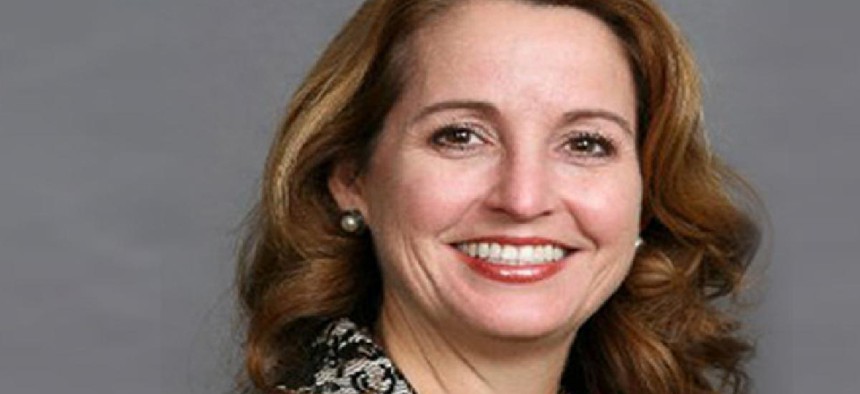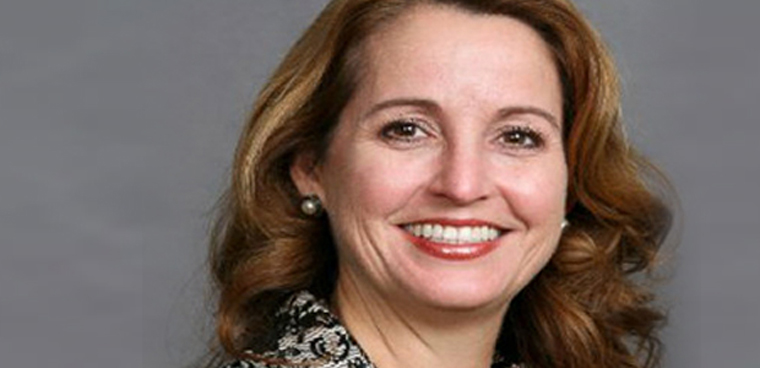Challenges facing the new CIO

The Trump administration has a blueprint for IT modernization, and the new federal CIO pick Suzette Kent is walking point on the challenge in her first government -- and first tech -- position.

Suzette Kent faces a range of challenges in her role as federal CIO.
Like its predecessors, the Trump administration arrived in Washington with ambitions of reorganizing, reinventing and modernizing government.
Within the first four months of its tenure, the Trump White House established two offices to do so -- the Office of American Innovation, headed by the president's son-in-law Jared Kushner, and the American Technology Council, led by former Microsoft executive Chris Liddell -- seemingly giving cybersecurity and technology a prominent place in government management.
However, White House went an entire year without a presidentially appointed federal CIO, a key point person to execute on IT management goals. Acting CIO Margie Graves, who served as deputy to the Obama administration CIO Tony Scott, held the fort until Suzette Kent's appointment in late January.
Matt Lira, a presidential advisor on tech issues and a leader in the Office of American Innovation, told FCW that coordination across agencies and offices is "one of the opportunities that exists for the office of the federal CIO."
Lira said the addition of a permanent federal CIO presents an opportunity to help these groups carry out modernization goals -- not a potential conflict or redundancy.
"We're strong believers, this administration, in the office of the federal CIO and … supportive of CIOs in general, across government," Lira said. "This is a role we believe in, and we want to help validate it as a strong leader in this space and also even strengthen it going forward."
Kent's resume includes executive stints at Accenture, JPMorgan and most recently Ernst and Young. Notably absent is any CIO or government experience.
"To me, the biggest thing … anybody from private industry coming into federal service has to get a handle on and understand [is the] budget process," said Karen Evans, who served as the federal CIO -- then called the administrator of the Office of Electronic Government -- under the George W. Bush administration.
"Getting a handle on that and being able to use all the levers is what's important," she continued. "You have a bunch of tools in your quiver, but you got to be able to know how to use them."
"That's a hell of a learning curve," said Steve Cooper, a longtime private- and public-sector CIO, whose federal experience includes service at the Departments of Homeland Security and Commerce.
Kent, who did not respond to FCW's interview request, may not be afforded much time to adjust. As soon as she steps into the office, Kent faces a host of pressing tech, management and policy challenges.
Former Federal CIO Tony Scott said that implementation of the Modernizing Government Technology Act is the biggest priority facing Kent.
"That's probably first and foremost on everyone's mind, including the agencies," he said.
Agencies are also faced with ballooning costs of maintaining legacy systems and concerns about cyber threats without adequate money to defend against them.
In addition to the cybersecurity executive order signed in May 2017, agencies also have to tackle the priorities laid out by the Office of Management and Budget's final Report to the President on Federal IT Modernization. The wide-ranging plan directs agencies to work on shared services, Trusted Internet Connection policies, the security of high-value assets, acquisition of network services and cloud migration throughout 2018.
Cooper said that from his experience, "an agency CIO really does want to do and follow the policy guidance set by OMB. But that comes with no funding, which means you've got to find the money in your own budget -- that's never easy to do."
Insufficient collaboration between OMB and agencies "is the thing that drove me up a wall the most," Cooper added. "No money and no practical understanding of OMB of the impact of the policy they just sent out."
Evans said the crux of the federal CIO role is making sure agencies have those resources and oversight they need and generally building relationships to serve as agencies' "conduit directly back in to the White House."
"The White House doesn't do the work," she said. "The agencies do the work, so it's about establishing a good working relationship" with deputy secretaries and agency-level IT staff.
Evans added that especially because a lot of the agency-level CIOs are either new in their roles or acting, "if you listen to career staff down lower in the ranks, they usually have a lot of the answers for the problems you're trying to solve."
At the agency level, the Trump administration has proposed significant budget and staffing cuts to government's civilian side and has been historically slow on filling politically appointed positions, with many CIO positions remain occupied by acting personnel.
With the persisting vacancies in appointed positions across government, Scott said, "one of the key roles" for Kent will be "to help recruit agency CIOs into those slots that are now vacant."
"It's hard to get a lot of things done if you've got those positions being vacant at the end of the day," he added.
And for the CIO to be successful, the position has to have support from the top levels of government.
Lira emphasized Kent enjoys that level of support, pointing out that OMB Director Mick Mulvaney and the OMB team "were the lead" on her selection.
Alex Howard, deputy director of the Sunlight Foundation, said there's reason to wonder how high a priority using technology to change the way government operates truly is. He noted the length of time it took to appoint Kent and the understaffing and sidelining of the White House Office of Science and Technology Policy.
"What I'm looking for," Howard said, "is, does she talk about what's done before, what was done well, what's she going to do that's in line with the current strategies and circulars and existing policies and procedures, and what's she going to do differently in terms of addressing systemic problems" that have plagued past large-scale modernization projects.
An additional wrinkle will be how a CIO carves out a role in an administration that plans to lean on more private sector involvement and has set up multiple offices to perform similar functions.
While Scott expressed confidence in Kent's ability to adapt to her new role, he noted the general urgency facing government -- and the federal CIO.
"This is a transformative time," Scott said. "I think we can't waste any time in upgrading and modernizing the federal government."
NEXT STORY: OPM looks to improve training, fix skills gap


